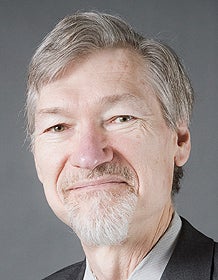To Promote Marriage and the Natural Family
Abstract
The traditional family - a married woman and man and their biological children - is under siege from several directions. The percentage of American children born outside of marriage has climbed sharply, and the rise seems to be continuing inexorably. For traditional families that are formed, divorce rates remain close to the unprecedented level they reached a few years ago, though they have abated slightly. In America, and across much of the globe, fertility rates have plummeted. As a result, both the percentage and absolute number of children born and raised within a traditional family have fallen precipitously.
These trends pose grave social problems. Children fare best within the traditional family - both illegitimacy and divorce inflict great damage on children. The declining fertility rate threatens a future in which there are too few workers to pay for government commitments to older citizens. These trends pose even greater threats to the extended family. If every couple has only one child, for instance, no one has any aunts, uncles, or cousins, and four grandparents have only one grandchild. The extended family is intrinsically beneficial and also instrumentally beneficial in that the extended family helps to cosset the natural family. Accordingly, public policy should also seek to promote the extended family as well as the traditional family.
However, the law has great difficulty here combating the underlying problems. At least in liberal societies, the state has limited tools to deal with couples who bear children and cohabit without marrying or who never live together at all and with parents who cease to live together. It has even less capacity to raise the birth rate. Nonetheless, government can do much to promote marriage and the traditional family.
Part I of this article explains the social value of marriage and the natural family (i.e., a woman and a man and their biological children). Part II addresses claims that the problems of illegitimacy and rampant divorce are insoluble. Part III discusses the challenge of how to frame the message to the public about the benefits of marriage. Part IV proposes some steps for transmitting this message.
Keywords
traditional marriage, natural family, unmarried parents, unwed mothers, illegitimacy, divorce, inequality, intergenerational justice, sex education, tax credits for children, employer parental benefits
Publication Date
2013
Document Type
Article
Place of Original Publication
International Journal of the Jurisprudence of the Family
Publication Information
3 International Journal of the Jurisprudence of the Family 237 (2013)
Repository Citation
Dent, George W., "To Promote Marriage and the Natural Family" (2013). Faculty Publications. 676.
https://scholarlycommons.law.case.edu/faculty_publications/676

